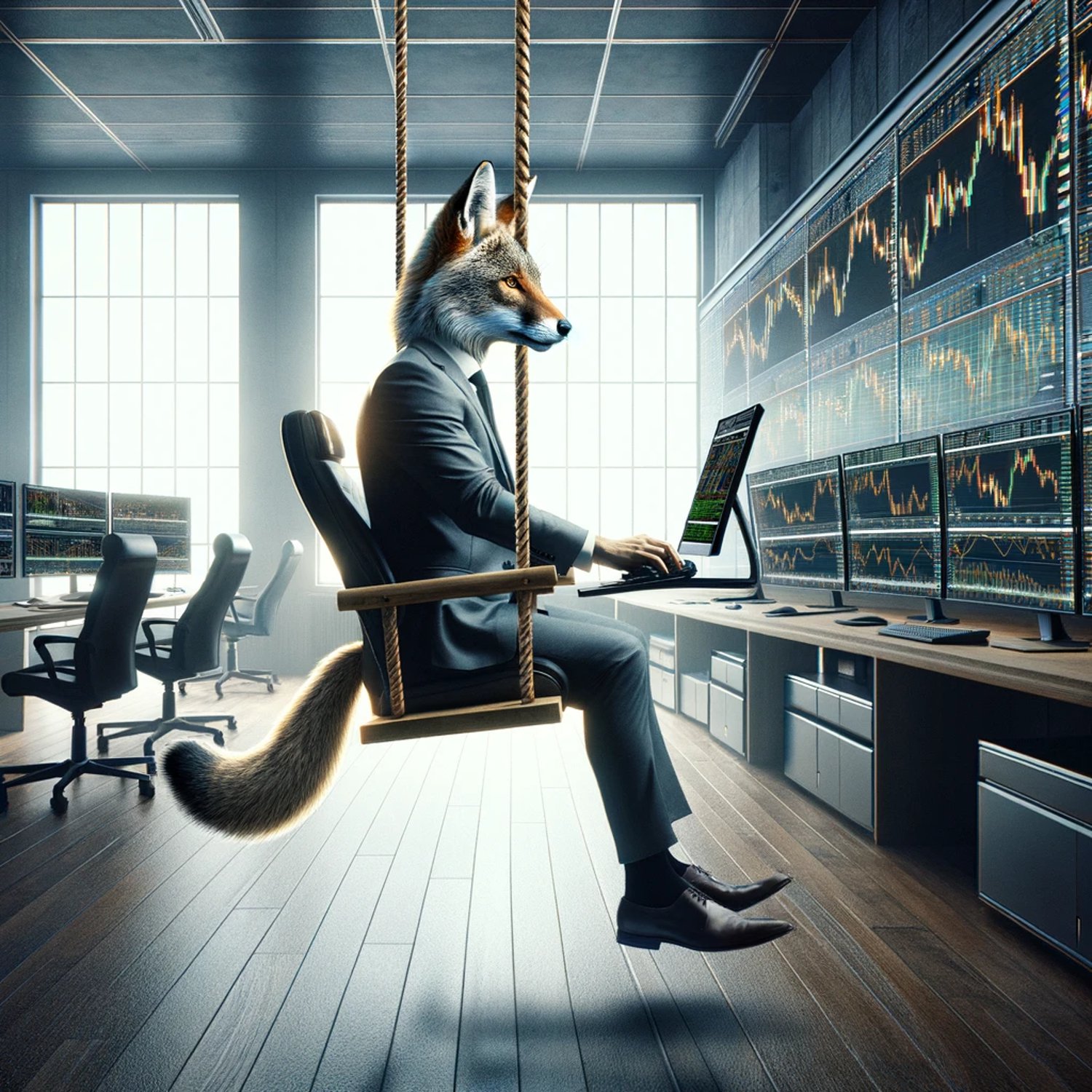In today’s option trading blog I will divide trading into two basic categories: directional and non-directional. I have done both and in this section I will describe non-directional trading.
Non-directional trading is for professionals who devote their life to finding an edge that produces a better than risk free rate of return (90 day T-bill) without much more risk. Option Market Makers, NYSE Specialists, Proprietary Trading Companies, CME Locals are some of the players. Directional risk is continually hedged and they do not have a bias. Let me describe their profession.
In the case of Floor Traders, they pay very large membership fees to participate in the order flow (“paper”) and they are required to add liquidity. Their margin requirements and commissions are very low and they rarely buy an offer or sell a bid. They try to scalp the market and they avoid carrying overnight positions. When an “overnight” is necessary, it is always hedged. Option Market Makers have to carry positions for liquidity reasons and they hedge the aggregate position using the stock and other options. They use “the Greeks” to measure their risk exposure (delta, gamma, vega, theta). In the 70’s, 80’s and 90’s the advantage of being on the floor was huge and the reward easily offset the high overhead. By the turn of the millennium, technology was quickly removing that edge.
In the case of Proprietary Trading Companies, they look for arbitrage opportunities. Program trading (buy/sell programs), risk arbitrage on take-overs and convertible securities are just a few areas of interest. Complex programs help them identify opportunities and manage risk. Access to extensive capital allows them to enhance returns through leverage. Their methods are highly guarded and they will “milk an edge” until it disappears.
Floor Traders are quickly losing their edge and many of them have foregone the overhead to trade electronically off-floor. Having done it, I will tell you that it is a grind. I enjoy it immensely, but it requires intense focus and the risk/reward is greatly diminished compared to directional trading. In the case of Proprietary Trading, we do not have the knowledge, capital, technology, commissions, or market access (off-floor network) to compete. These are the “big boys” (i.e. Goldman Sachs, Susquehanna, Jefferies).
In the next article I will describe the disappearing “edge” of the Options Market Maker. It will explain the competitive disadvantage of trading complex delta neutral spreads “off-floor”. Ultimately, you’ll find out why I’m a directional trader.









